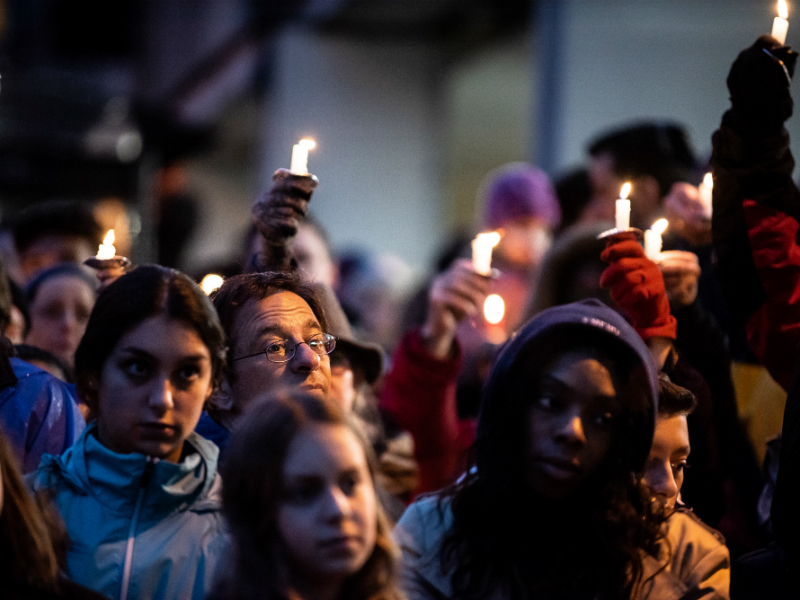There has been plenty of conjecture recently, including in these pages, about which brand of contemporary anti-Semitism – that of the right, or that of the left – is the worst kind.
If that seems like an odd question, or at least a relatively unique one in the course of Jewish history, there’s good reason for that. As Deborah Lipstadt, the eminent professor of modern Jewish history at Emory University in Atlanta, Ga., and author of the new book Antisemitism: Here and Now (she has also published, among other works, Denial: Holocaust History on Trial, which was made into a Hollywood movie), explained in a recent interview with the New Yorker: “What is different today is that we’re seeing a perfect storm, in that usually it [anti-Semitism] comes from either the right or the left politically. Today we’re seeing it from the political right and the political left.”
If the hatred is indeed coming from both sides these days, these two breeds of anti-Semitism share many of the same ideas. Perhaps none is more obvious than the canard that Jews control the media and the halls of power. Democratic senators in the United States who accuse Israel of “hypnotizing the world” and European right-wing leaders who obsessively point the finger at the “globalist” George Soros are both hitting on the same kind of time-honoured Jew hatred.
The similarities don’t end there: the far-right marches to the tune of “Jews will not replace us;” the far-left aims to literally replace the Jewish homeland. If one side has a soft spot for Israel, and the other likes to say it is engaged in the Jewish project of tikun olam, when you pull back the curtains even the slightest bit it’s not hard to see that they’re not really all that different.
READ: FROM YONI’S DESK: REMEMBRANCE AND REFLECTION ARE SIMPLY NOT ENOUGH
Not that that has stopped people from trying to rank today’s anti-Semitisms. Even the Israeli prime minister has waded in on the subject: last week, according to Israeli media reports, Benjamin Netanyahu downplayed anti-Semitism on the right, while castigating “the combination of Islamic anti-Semitism and the anti-Semitism of the extreme left, which includes anti-Zionism.” (This followed similar remarks last November, when Netanyahu said anti-Zionism and related anti-Israel policies are “the ultimate anti-Semitism of today.”)
The same day, Israel’s Ministry of Diaspora Affairs released a report on anti-Semitism. Amid an increase worldwide in anti-Semitic attacks in 2018, the report concluded that “[i]n contrast to previous years, when Islamist anti-Semitism was the main and most dangerous threat to Jewish communities, in 2018 there has been a turnaround and now anti-Semitic incidents emanating from the far-right are the main and most dangerous threat to Jewish communities, especially in the United States and Europe.”
Go figure. At any given moment, the right may appear more anti-Semitic than the left, or vice versa. One day, a far-right madman murders 11 and injures seven more at a synagogue; another day, the leaders of a left-wing group refuse to disassociate from a man who calls Jews “termites.” But in the grander scheme, the question is inherently unhelpful. As Lipstadt told the New Yorker: “we’re not talking about completely different phenomena. They’re the same.”
